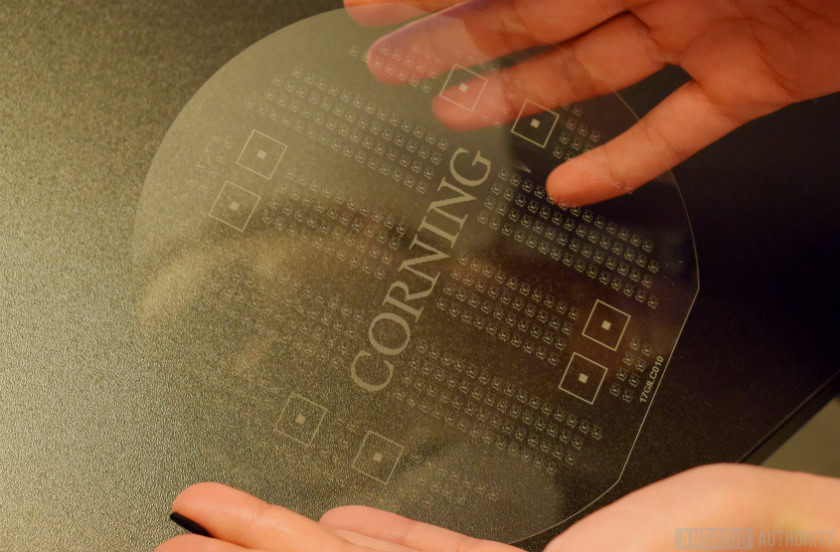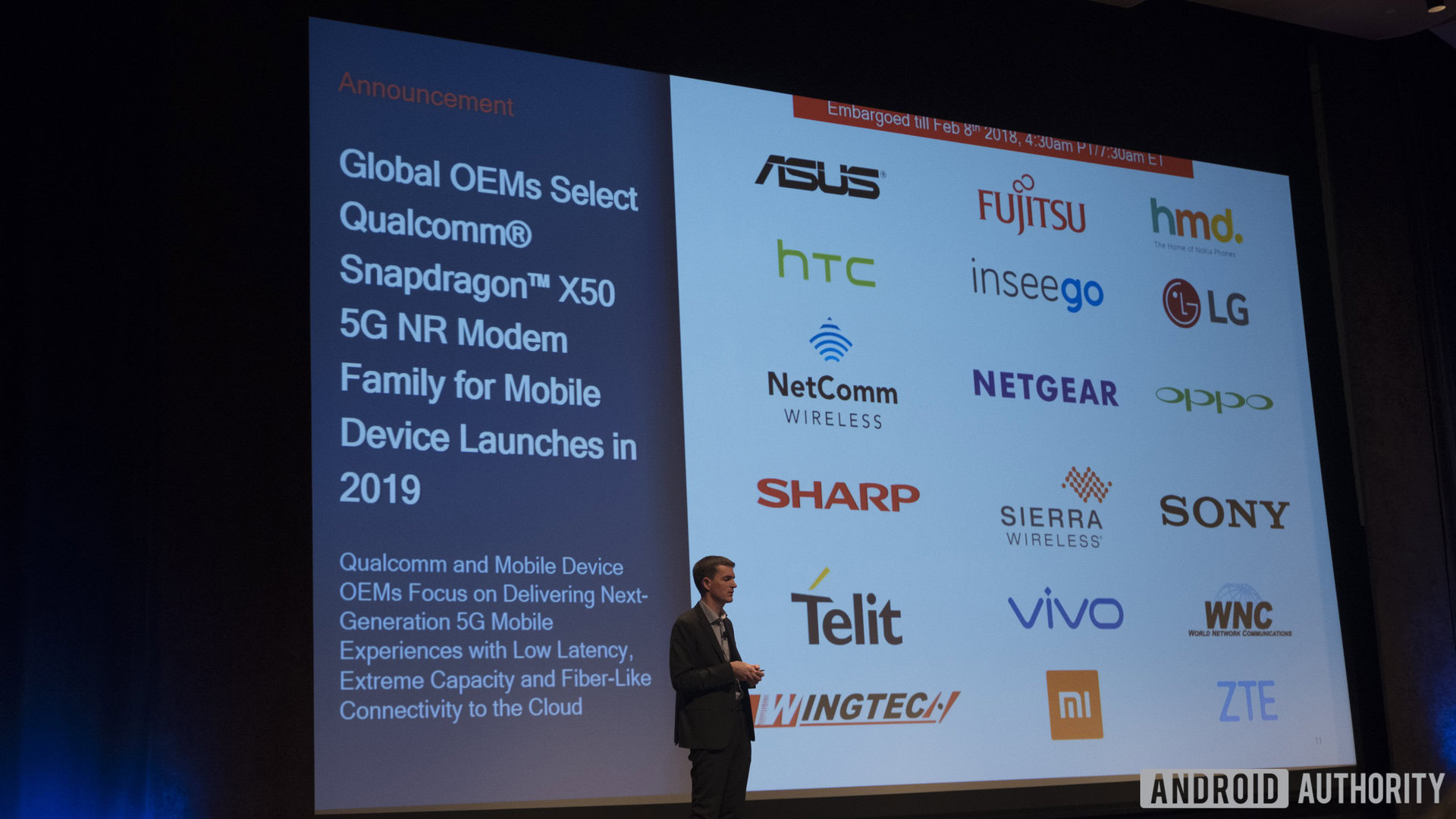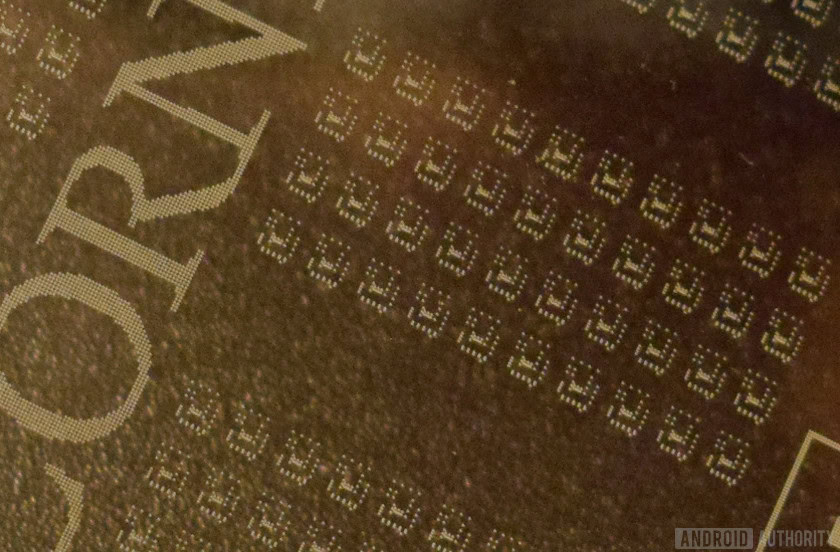Affiliate links on Android Authority may earn us a commission. Learn more.
That's right, 5G could depend on Corning glass in your antenna

In the smartphone space, Corning is undoubtedly best known for its protective Gorilla Glass solution, which protects smartphone displays from scratches and accidental drops. But that’s not all it does. Corning is working on solutions to use its glass in semiconductor products too, the area that we associate with processors. Crazy, I know.

At MWC 2018, we met with Corning to discuss its new Precision Glass Solutions division, which is designing new glass products specifically for the augmented and mixed reality markets, and facial scanning use cases. We also saw an in-depth presentation about some of the problems with building 5G radio antennas. Sparing any of the crazy technical details, the short version is Corning believes its glass can solve some of the problems facing those building radio front end hardware for 5G products, which could include smartphones.
There are two major obstacles to understand: loss and scale. In a nutshell, the wiring substrates and components in antennas can suffer loss due to “parasitic capacitance,” when there are minuscule gaps in the substrate. This causes a loss in signal, particularly at high frequencies, which affects performance and can prevent the antenna from working as intended.
The number of areas where this becomes a problem increases with 5G. The addition of bandpass filtering and triplexers to split up bands adds new potential areas for problems, and expanding the number of antennas with larger MIMO capabilities multiplies these concerns. In other words, 5G phone antennas require higher performance substrates to function well.
Corning is proposing a copper on glass substrate, where tiny holes drilled in a wafer of glass are filled with copper to act as a conductor for the signal. This produces a better quality conducting layer for the radio antenna, and reduces loss compared with conventional soldering methods. You can see these tiny holes in a little more detail in a closeup of the wafer below.

In addition to the antenna problem, the 5G move to higher frequency waves in both the sub 6 GHz and mmWave spectrum requires thinner glass and other phone materials. Higher frequencies struggle to permeate materials as well as lower frequencies and require better line-of-sight to the transmitter. This is particularly problematic for mmWave frequencies, and makes fitting this technology into smartphones very difficult. 5G smartphones may end up needing glass backs simply to expose enough antenna to pick these increasingly small wavelengths up.
Innovations in the 5G space aren’t always obvious, especially when we’re so used to focusing on modems, IoT, and carrier technologies. Corning’s TGV glass substrate could be essential for bringing 5G capabilities to antennas in small form-factor products like smartphones. If Corning is right about what its technology can do, we could end up with more glass in our smartphones than just on the display and camera lenses.